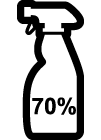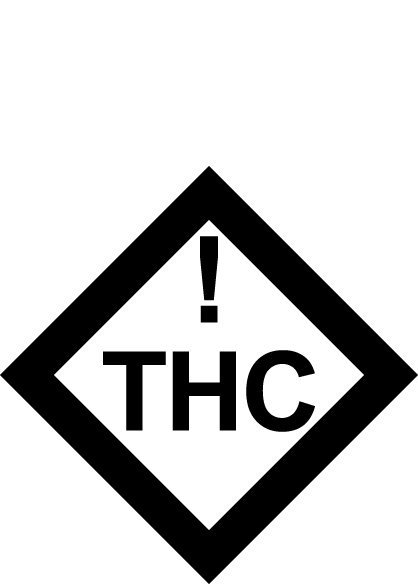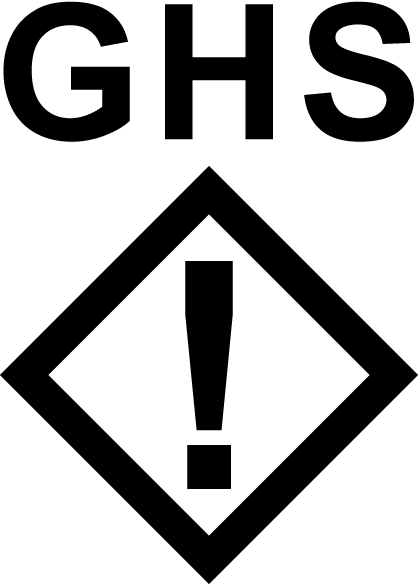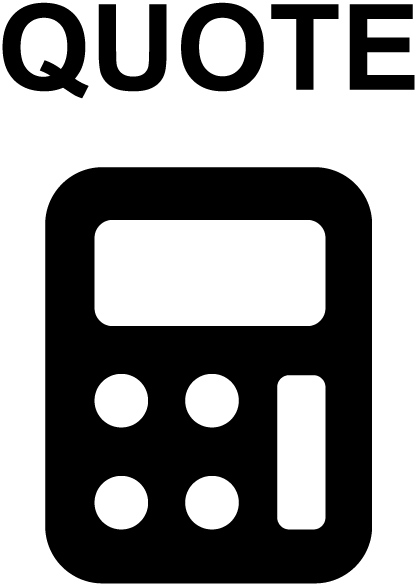Design Your Booklet Label For A Smart Phone
 Since 2007, manufactures have scrambled to provide QR and barcodes that redirect to online content. And as these scan points become more reliable, consumer confidence in them grows. This is where Booklet Labels will play a critical part in modern product labeling.
Since 2007, manufactures have scrambled to provide QR and barcodes that redirect to online content. And as these scan points become more reliable, consumer confidence in them grows. This is where Booklet Labels will play a critical part in modern product labeling.
Today’s consumers have very particular wants and needs. They buy based on much more than just price point. Manufacturers who want to win more business will have to provide labeling with detailed content and scan codes that lead to very specific information.
Booklet labels offer the necessary space for content and individual scan points that directly link to more detailed and specific product text and video content. The consumer could instantly learn more about the product’s ingredients, follow the product’s sustainability trail, verify the product’s authenticity, view the manufacturing process, or perhaps do any of the above in the language of choice. Booklet labels offer the necessary space that a product needs to contain multiple scan points.
BOOKLET LABELS OFFER THE NECESSARY SPACE FOR CONTENT AND INDIVIDUAL SCAN POINTS THAT DIRECTLY LINK TO MORE DETAILED AND SPECIFIC PRODUCT TEXT AND VIDEO CONTENT.
Most importantly, QR and Barcode scan points don’t replace Booklet Label content; they work in concert with it. Providing Booklet Labels that contain strong content and scan points will be a must on any modern product. Strong Booklet Label content is the product’s last chance for a sale at the point of purchase, and the first step to supplemental information after the sale. Without well crafted content, no amount of scan points will support the product.
In addition, strong content will always be required because if the consumer doesn’t have a phone or gets a bad signal and cannot connect with the redirect, they cannot get the information they need. Scan points are also useless if there is an extended power outage. In some cases, especially with emergency products, having a content strong booklet label is life or death.
Modern product manufactures also have a responsibility to properly label their products with all the necessary warnings and proper use instructions. The failure to provide critical product information to an end user can put a company in legal jeopardy. Clearly written Booklet Label content is now a requirement. Scan points are required because these are the pathways the specific information the consumer requires at the point of purchase. Scan points can be the ultimate selling tool.
 The marriage of content and scan points make the Booklet Label a requirement for the modern product. Booklet labels will still continue to play their traditional role. There still is no better way for a manufacture to distribute information (coupons, recipes, directions, etc…) directly to their customers. And in a legal sense, no manufacture is going to redirect a consumer to safety instructions.
The marriage of content and scan points make the Booklet Label a requirement for the modern product. Booklet labels will still continue to play their traditional role. There still is no better way for a manufacture to distribute information (coupons, recipes, directions, etc…) directly to their customers. And in a legal sense, no manufacture is going to redirect a consumer to safety instructions.
But as manufactures begin to address the challenges of selling in the global market, it will be the booklet label that allows them to unlock the true potential of smart phones. The modern booklet label is more than just packaging. Booklet labels have moved from being the vehicle of providing information to being the gateway through which the consumer gets the information that addresses their interests and specific concerns.
QR Codes
Quick Response Codes or QR Codes are a special type of 2d barcode that carries a lot more information than standard barcodes. The QR Code system has become popular outside the automotive industry due to its fast readability and greater storage capacity compared to standard UPC barcodes. Applications include product tracking, item identification, time tracking, document management, general marketing, and much more.









